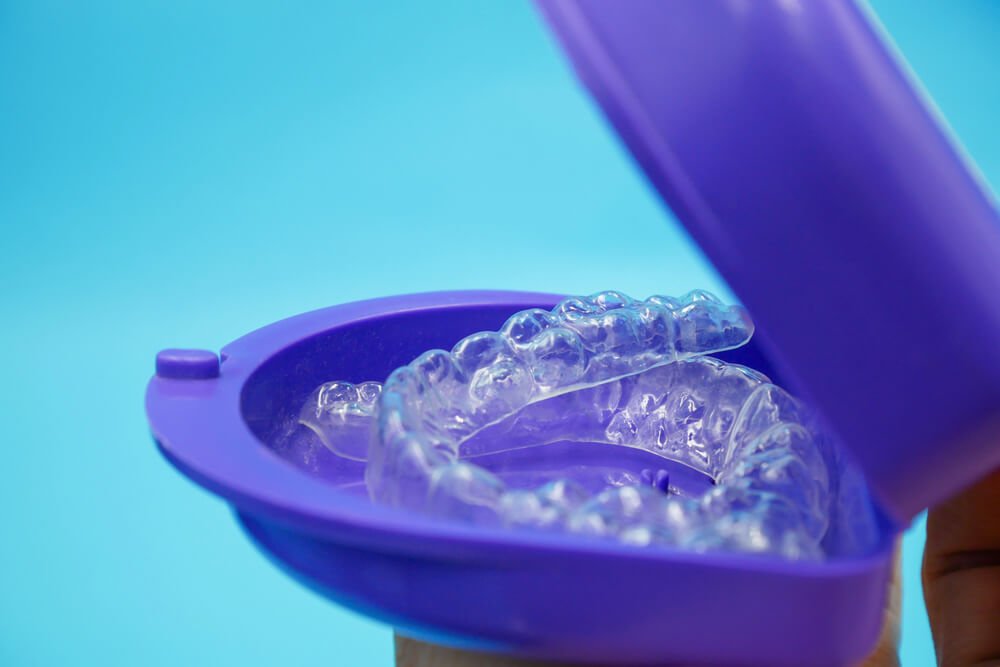Can a retainer move teeth back after they’ve shifted? It’s a question many people ask after noticing some unexpected changes in their smile following orthodontic procedures.
Whether it’s been months or years since you finished orthodontic treatment, a little shifting can happen, especially if your retainer hasn’t been worn as regularly as recommended. After all, just over half of all patients wear their retainers as instructed. The good news is, there may be ways to address it, but how much a retainer can actually do depends on a few different factors.
When Can Retainers Move Teeth Back (and When Can’t They)?
Retainers are designed to hold your teeth in place after braces or clear aligners, not to move them around. Their main job is to maintain the position your orthodontist worked hard to achieve. However, natural factors like these can still cause subtle shifts over time:
- Aging
- Jaw growth
- Everyday pressures from chewing or grinding
That said, if your teeth have only shifted slightly and you catch it early, a retainer that still fits well might help guide them back into alignment—at least to a small degree.
When Retainers Can’t Help
Now, if your retainer suddenly feels way too tight, or doesn’t fit at all, that’s a red flag. Significant tooth movement usually means your retainer alone won’t be enough to fix it. Trying to force it on anyway is definitely not a good idea. That kind of pressure can damage the retainer or cause discomfort, and it won’t safely move your teeth back into place.
Once teeth shift past a certain point, only a dentist or orthodontist can determine the best way forward. They might recommend a new retainer, a short round of aligners, or even minor retreatment. Bottom line: if your smile looks different and your retainer doesn’t fit like it used to, it’s time to book an evaluation. The sooner you address it, the simpler the fix usually is.
Can Teeth Relapse Even With Retainers?

Yes, teeth can relapse even if you’ve been wearing your retainer, though it’s usually less common. Retainers are a powerful tool for maintaining alignment, but they’re not a guaranteed shield against all movement. That’s why orthodontists often recommend wearing retainers long-term, sometimes even for life (though not necessarily full-time).
This is more likely with a removable retainer, like a clear plastic tray, which applies gentle pressure if it’s only a bit tight. Fixed retainers (the kind bonded behind your teeth) are more about preventing movement than correcting it. So if you’re just starting to notice a change, don’t panic: wearing your retainer consistently might still help.
What To Do If Retainers Can’t Move Your Teeth Back
If your teeth have moved back beyond what a retainer can handle, don’t worry, there are still options. A short round of clear aligners is often an effective and less intensive way to move teeth back into place, especially when the changes are minor.
In some cases, your orthodontist may recommend a new custom retainer to make small corrections, and while retainer cost can vary, it’s often far less expensive than restarting full orthodontic treatment. The important thing is to act early.
Ready to get back on track? Schedule a consultation with Peterson Family Orthodontics to explore your options and take the next step toward a confident, healthy smile.

